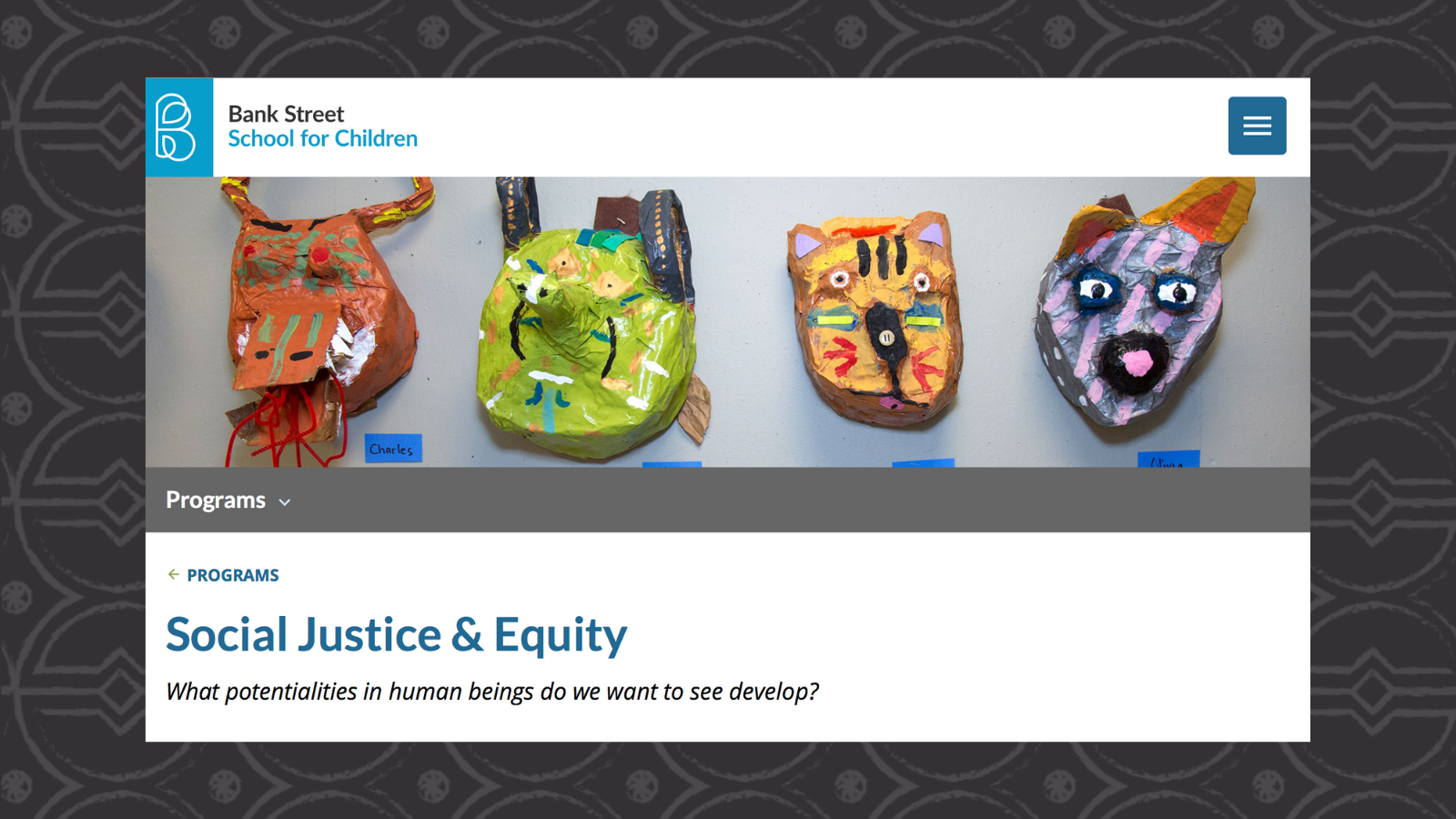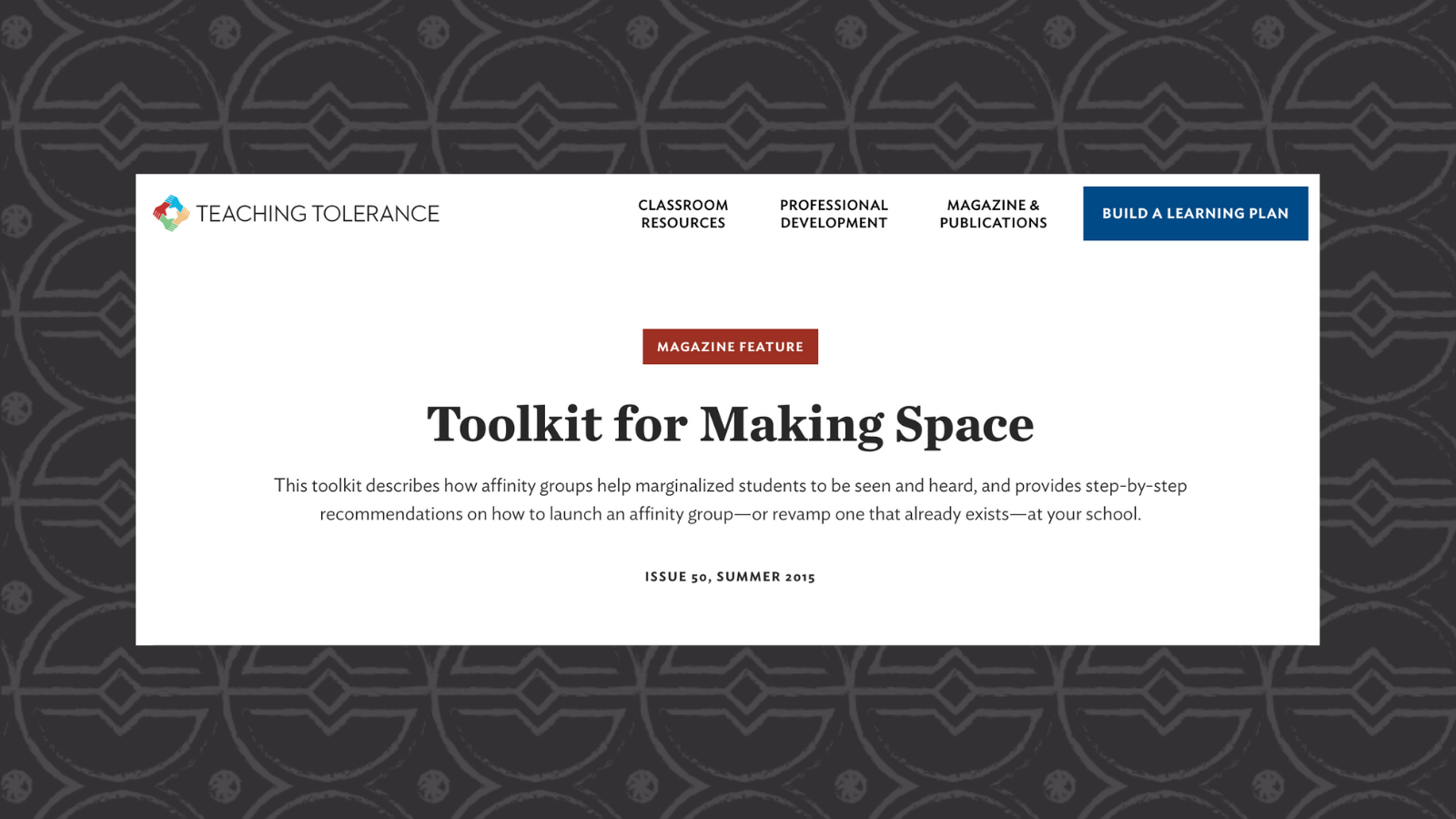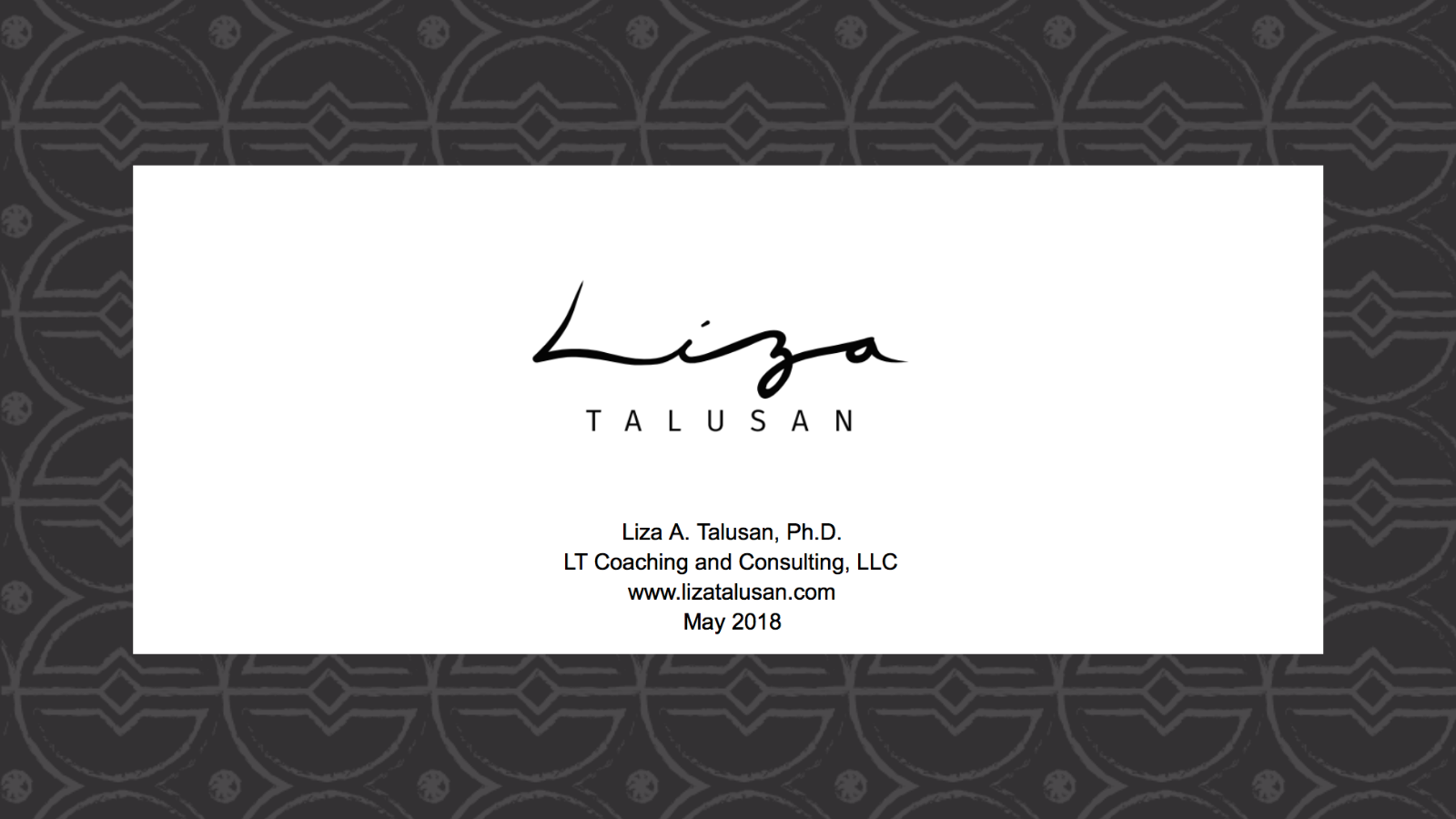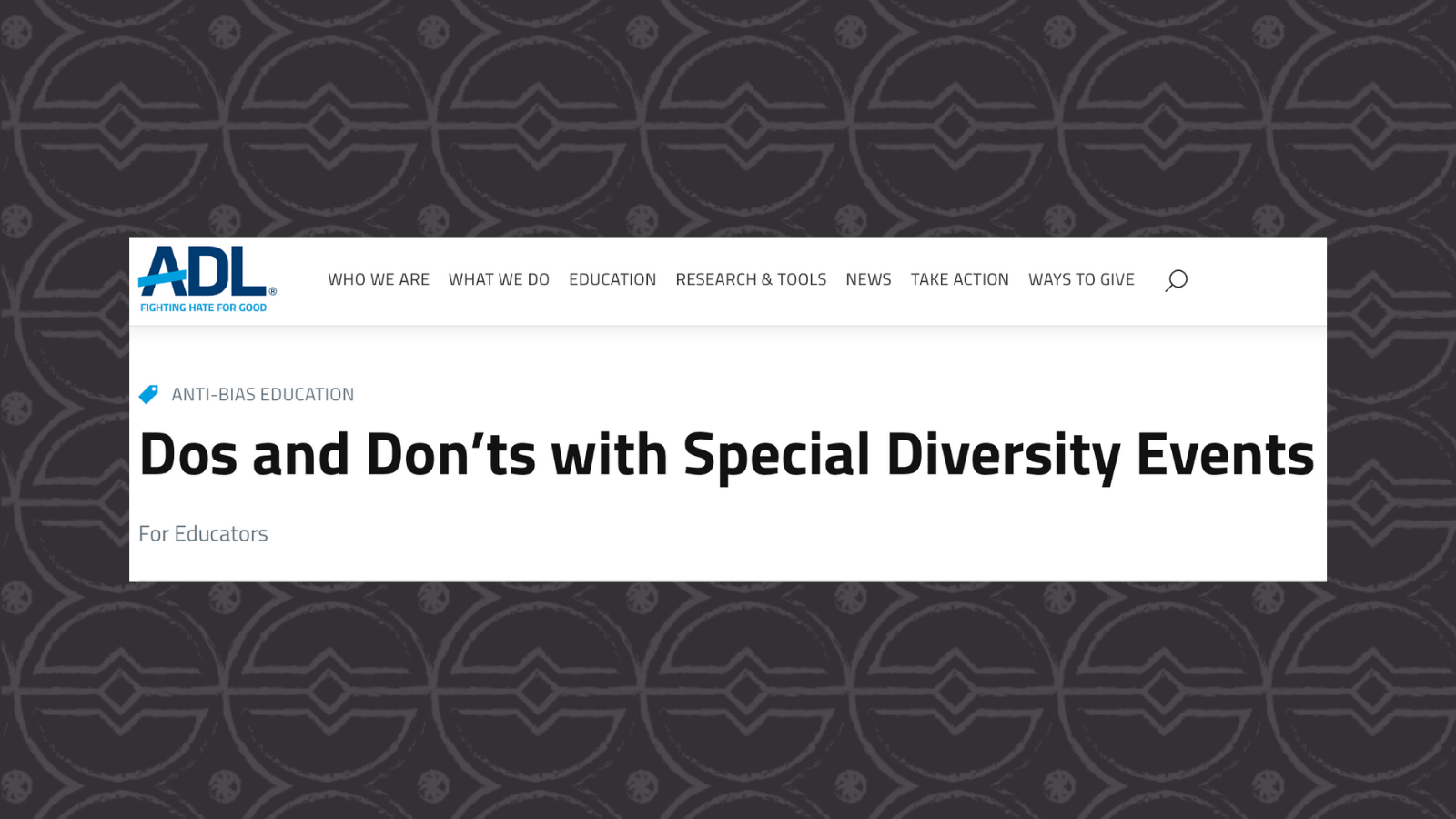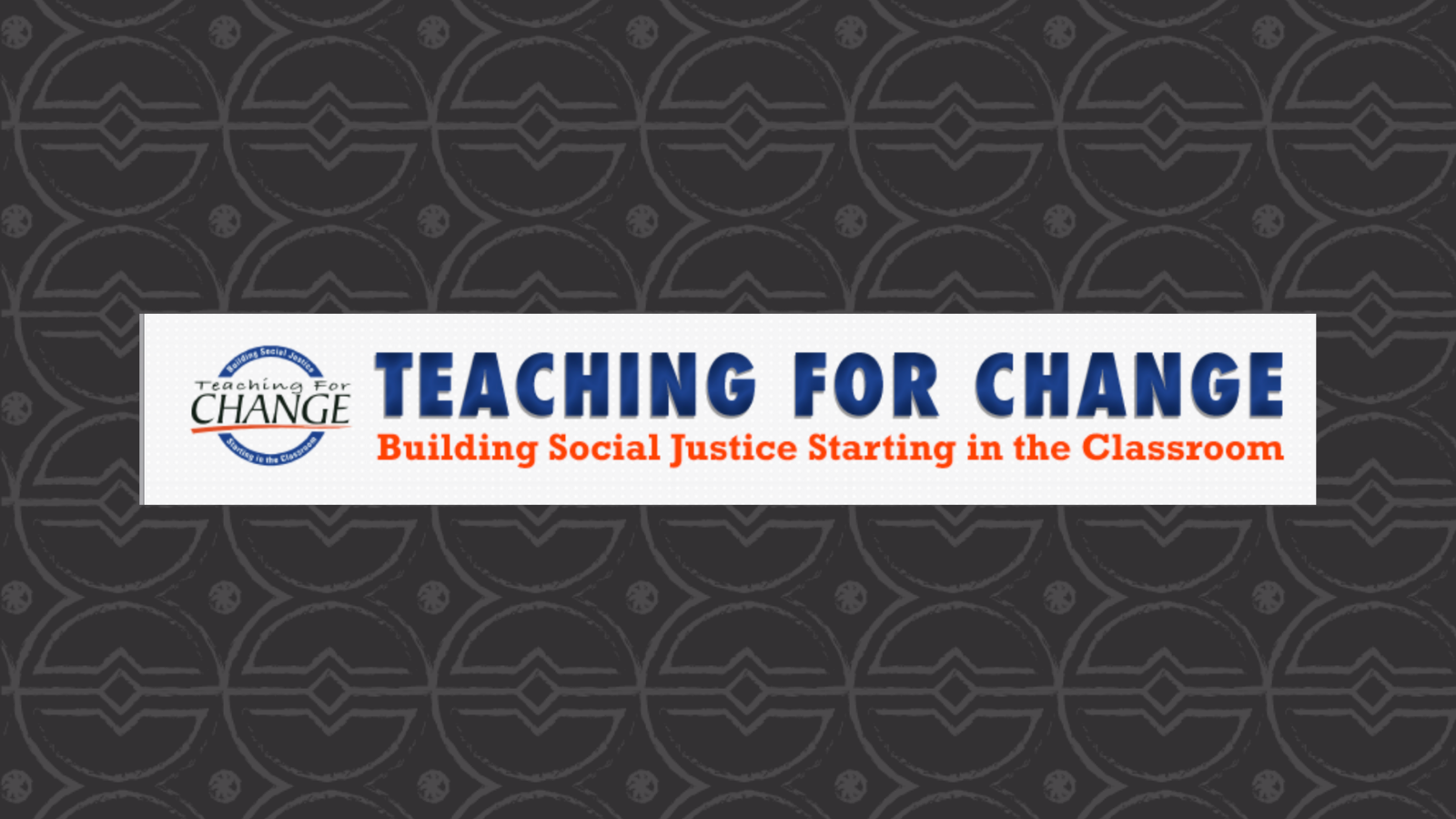13 Responsibility #4
Responsibility #4: Develop diversity-related programming.
A multicultural education is a necessary and important part of equity-based schooling; however, “diversity” programming related to multiculturalism too often is oversimplied to the “Four F’s”: food, festivals, folklore, and fashion. As Meyer and Rhoades explain in their article below, “[r]ather than produce multicultural relationships, [these foci] emphasize the differences, which may teach some level of tolerance, but not understanding” (84). We urge Equity Committees to dig a little deeper by asking teachers to make connections between curriculum and programming, inviting speakers who represent and have deep knowledge of the culture being celebrated, and avoiding “one off” events in favor of more consistent attention to themes throughout the school year.
We also recognize that, depending on the demographics and ages represented at your school, racial, ethnic, cultural, gender, and sexual identity-based affinity groups may be a powerful tool. We provide resources below to help your Equity Committee support such organizing.
Please click on the images for further information. (Please note: the resources will open an external webpage).
In the video above, E4L’s Dr. Cleveland Hayes explains that the development of diversity-related programming is not centered around one identity. The cultural diaspora of a group should not be simplified and connected to what mainstream outlets portray. It is important to bring in appropriate expertise and remind teachers, staff, and students that their input and voices matter in the development of cultural and diversity-related programming.
Affinity Groups
Bank Street School for Children
Source: Bank Street
Bank Street School defines affinity group as “people who share a similar identity but not necessarily the same experiences. The group offers a time for reflection, dialogue, and support. It ultimately strengthens the ties within the community and is central to creating an inclusive and thriving community.” Read here for how they organize affinity groups for parents, students, and teachers.
Toolkit for Making Space
Source: Teaching Tolerance
From Teaching Tolerance: “This toolkit describes how affinity groups help marginalized students to be seen and heard, and provides step-by-step recommendations on how to launch an affinity group—or revamp one that already exists—at your school.”
Affinity Group Curriculum
Source: LT Coaching and Consulting, LLC
Education consultant, Liza Talusan, shares her brief affinity group 4-session plan for grades K-12 and for families.
Programming Resources
National Black Lives Matter at School Week of Action Starter Kit
Source: BLM at School
A starter kit for understanding how to talk about BLM in schools and for implementing a “Week of Action” around equity goals.
Dos and Don’ts with Special Diversity Events
Source: ADL
ADL provides a quick guide for helping to ensure your school’s diversity programming is rich and inclusive.
Teaching for Change
Teaching for Change encourages teachers and students to draw direct connections to real world issues in the classroom. These featured lessons and resources offer deeper dives into historical events that may be overlooked in celebratory programming related to race and ethnicity.
The Cultural Iceberg
Adapted from researcher Gary Weaver (1986), this graphic helps illustrate the typically seen and unseen aspects of other cultures in relation to multicultural education and programming. As you plan multicultural programming, consider the time, resources, and energy needed to truly attend to the deeper aspects of culture that will give your school community a richer appreciation of that culture.
Multiculturalism: Beyond Food, Festival, Folklore, and Fashion
This brief, approachable article makes the case for multicultural education in every school, regardless of current demographics. The authors warn against “fragmented programming” that can reinforce ideas of difference and foreignness rather than understanding and connection. They provide a helpful rubric for both multicultural education generally and for diversity programming.
Equity Committee Reflection Tool
The purpose of this reflection is to allow the Equity Committee to review their progression related to each section of the toolkit. Each committee must dedicate time to analyze and be transparent about triumphs, challenges, needs, goals, and more. The E4L team highly recommends spending time sharing reflections with designated members of the team to discuss findings and receive support in the form of feedback, suggestions, and resources.
Please review the following prompts as a team and collectively provide a response that encompasses the ideas of the Equity Committee at your school. We suggest taking notes each time your team meets to keep track of all efforts and completing the reflection sections each semester or academic year based on the time and availability of the entire team.
- What is the current state of the Equity Committee related to developing diversity-related programming?
- What goals does the Equity Committee have in place to develop diversity-related programming?
- What is the current status of those goals?
- How does the team plan to reach these goals?
- What support do you need to achieve these goals? (Please identify if this support may come from in or outside your school, district, community or if E4L may provide support and resources to achieve these goals.)
- In what way can your Equity Committee improve related to developing diversity-related programming?
- Please identify areas of achievement related to responding to developing diversity-related programming.
If you have any questions or comments the E4L team can review related to this section, please list them below.
Equity Committee Reflection #4 (Click to download)

